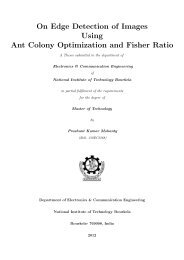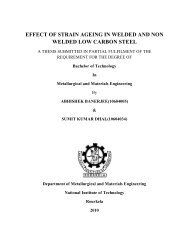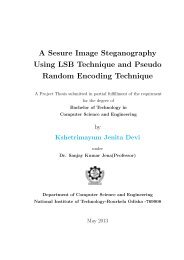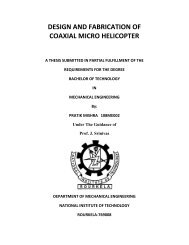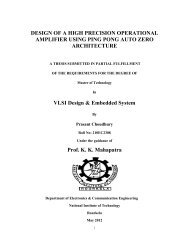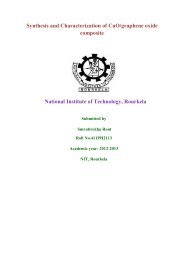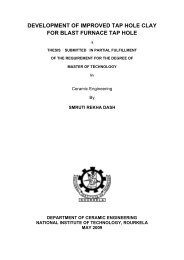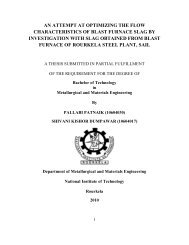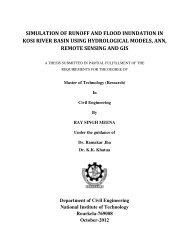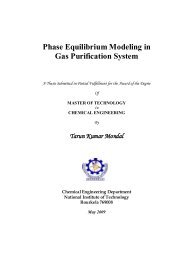FPGA Based Network Security architecture for High Speed Networks
FPGA Based Network Security architecture for High Speed Networks
FPGA Based Network Security architecture for High Speed Networks
You also want an ePaper? Increase the reach of your titles
YUMPU automatically turns print PDFs into web optimized ePapers that Google loves.
Figure 2.2: IDEA Encryption key Generation<br />
2.3 Related Work<br />
as to provide the quality of service.In this scenario, a software implementations<br />
of such algorithm using general purpose processors due to delay in instruction<br />
processing.But such speed can be easily achieved when implemented in hard-<br />
ware.Although the software implementation is less costly than hardware imple-<br />
mentation, the speed up in hardware is very high.So <strong>for</strong> flexibility,availability and<br />
high functionality, there is a need of incorporating a separate cryptographic mod-<br />
ule in such applications.<br />
Although IDEA involves only simple 16-bit operations, software implemen-<br />
tations of this algorithm still cannot offer the encryption rate required <strong>for</strong> on-<br />
line encryption in high-speed networks.IDEA has been previously implemented in<br />
hardware using various <strong>FPGA</strong> devices and even ASIC. Like other renowned sym-<br />
metric key block ciphers, IDEA contains no S-Boxes or P- Boxes. So there is a less<br />
memory overhead.Instead it has some basic building blocks like EX-OR, addition<br />
modulo 2





